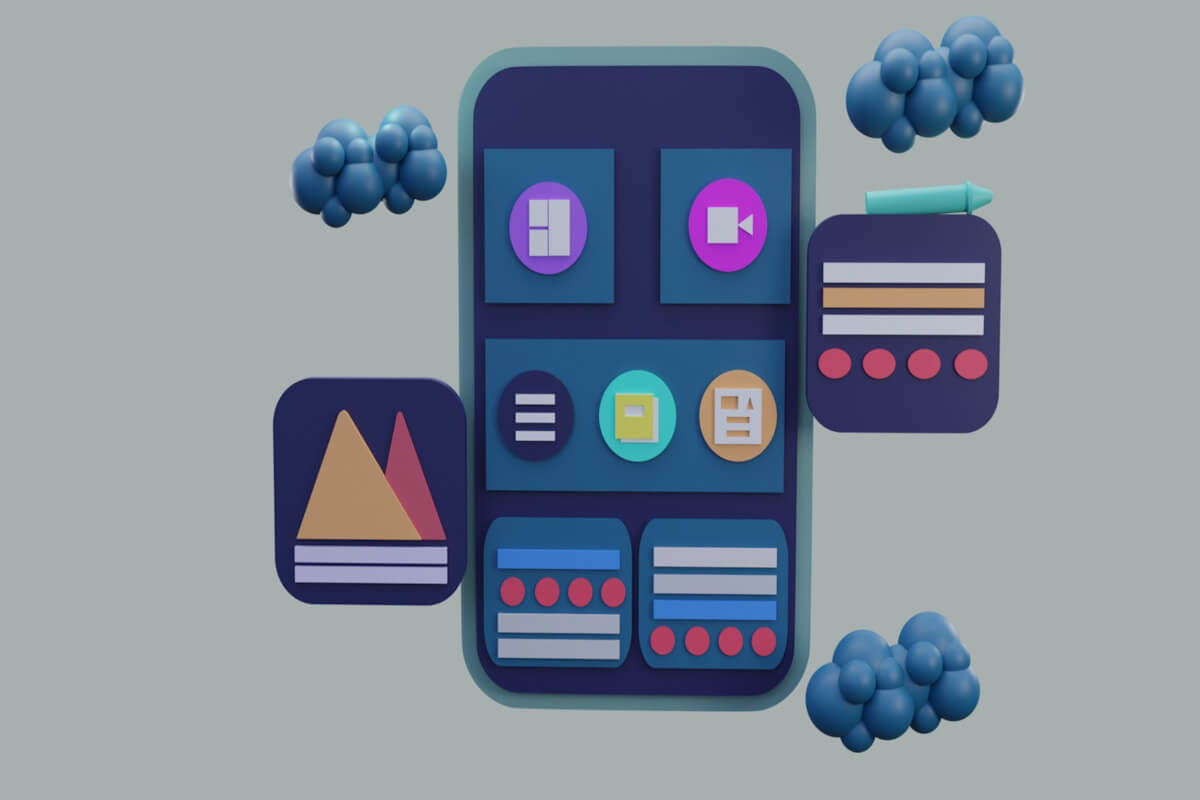Flutter is a powerful framework for building cross-platform applications with beautiful user interfaces. One of the key features that sets Flutter apart is its rich UI components that allow developers to create visually appealing and interactive experiences for users. In this article, we will explore how Flutter’s rich UI components can enhance the user experience of your mobile application.
What are Flutter’s Rich UI Components?
Flutter provides a wide range of customizable widgets that can be used to build stunning user interfaces. These widgets include everything from basic buttons and text inputs to complex animations and gestures. Some of the most popular Flutter widgets for enhancing user experience include:
- Material Design Widgets: Flutter comes with a set of Material Design widgets that follow Google’s design guidelines for creating intuitive and visually appealing interfaces. These widgets include buttons, cards, navigation drawers, and more.
- Cupertino Widgets: For iOS app development, Flutter offers Cupertino widgets that mimic the look and feel of native iOS components. These widgets provide a seamless user experience for iOS users and include buttons, navigation bars, and text fields.
- Animations: Flutter makes it easy to add animations to your app using its built-in animation library. You can create smooth transitions, parallax effects, and interactive animations to engage users and enhance the overall user experience.
- Gestures: Flutter supports a wide range of gestures, including tapping, swiping, dragging, and pinching. By incorporating gestures into your app, you can create a more interactive experience that responds to user input in a natural and intuitive way.
1. Visual Appeal
By leveraging Flutter’s rich UI components, you can create visually stunning interfaces that capture users’ attention and make a lasting impression. The customizable design elements, such as colors, typography, and animations, allow you to tailor the look and feel of your app to match your brand and appeal to your target audience. Additionally, Flutter’s support for custom fonts and themes enables you to create a unique visual identity for your app.
2. Intuitive Navigation
Flutter’s rich UI components include navigation widgets, such as bottom navigation bars, tab bars, and drawer menus, that make it easy for users to navigate through your app. By providing intuitive navigation paths, you can help users find the information they need quickly and efficiently, leading to a more enjoyable user experience. Furthermore, Flutter’s support for nested navigation and routing allows you to create a seamless navigation flow within your app.
3. Interactive Elements
With Flutter’s support for gestures and animations, you can create interactive elements that engage users and encourage them to interact with your app. By adding touch feedback, animated transitions, and interactive elements, you can make your app feel more responsive and dynamic, keeping users engaged and entertained. Additionally, Flutter’s support for state management and data binding enables you to create dynamic UI elements that respond to user input in real-time.
4. Consistent Experience Across Platforms
One of the key advantages of using Flutter’s rich UI components is the ability to create a consistent user experience across different platforms. Whether your app is running on iOS, Android, or the web, Flutter ensures that the user interface looks and behaves the same on all devices, providing a seamless experience for users regardless of the platform they are using. Moreover, Flutter’s responsive design principles allow you to create adaptive layouts that adjust to different screen sizes and orientations, ensuring a consistent user experience across all devices.
Conclusion
In conclusion, Flutter’s rich UI components offer developers a powerful toolkit for creating visually appealing and interactive user interfaces that enhance the overall user experience of mobile applications. By leveraging Flutter’s customizable widgets, animations, gestures, and navigation components, you can create apps that stand out from the competition and keep users coming back for more. If you want to take your app to the next level and provide users with an exceptional experience, consider using Flutter’s rich UI components in your next project.
Have a question or an exciting project in mind? Contact us today to discuss how Flutter can help you create a beautiful and engaging mobile application.
FAQs:
What are Flutter’s Rich UI Components?
Flutter provides a wide range of customizable widgets that can be used to build stunning user interfaces. These widgets include everything from basic buttons and text inputs to complex animations and gestures.
How do Flutter’s Rich UI Components enhance user experience?
By leveraging Flutter’s rich UI components, you can create visually stunning interfaces that capture users’ attention and make a lasting impression. The customizable design elements, such as colors, typography, and animations, allow you to tailor the look and feel of your app to match your brand and appeal to your target audience.
What are some popular Flutter widgets for enhancing user experience?
Some popular Flutter widgets for enhancing user experience include Material Design widgets, Cupertino widgets, animations, and gestures.
How does Flutter support gestures to enhance user experience?
Flutter supports a wide range of gestures, including tapping, swiping, dragging, and pinching. By incorporating gestures into your app, you can create a more interactive experience that responds to user input in a natural and intuitive way.



+ There are no comments
Add yours